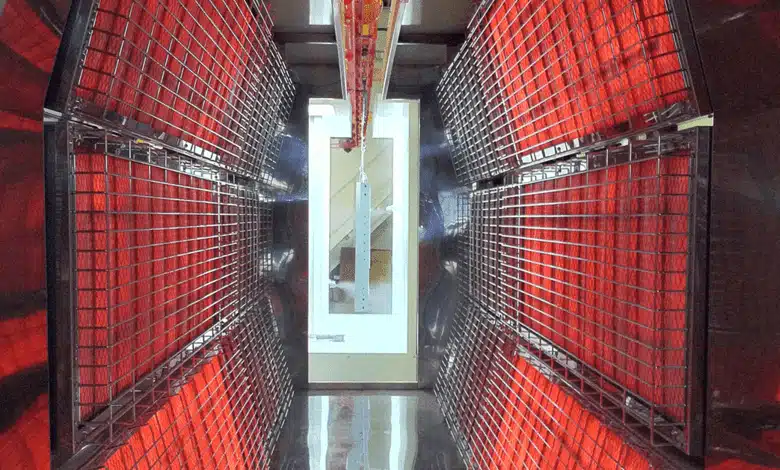Exploring the Advantages of Radiant Gas Heaters: Enhancing Efficiency and Cost Savings

Radiant gas heaters have become a preferred choice for various businesses, offering an efficient and cost-effective solution for heat treatments. Unlike traditional heaters that warm the air, these devices emit infrared radiation, directly heating objects in their vicinity. This feature makes them especially suitable for numerous applications. In the realm of industrial radiant heaters, Infragas stands out as a leading manufacturer, providing top-notch products tailored to the industrial sector’s heating requirements.
Boasting over three decades of experience, Infragas has carved a niche for itself as a reliable and trusted name in the industry, known for its bespoke products. In the sections to follow, we will delve into the numerous advantages of radiant gas heaters and discuss why Infragas is a top choice for those seeking a new heating solution.
Key benefits of radiant gas heaters
Enhanced energy efficiency
Radiant gas heaters trump traditional systems in energy efficiency as they focus on directly heating objects rather than the surrounding air. This direct approach ensures less energy is required to achieve the same heating levels as conventional forced-air systems.
Cost-effectiveness
The efficiency of radiant gas heaters translates into cost savings, requiring less energy for the same heat output as other systems. Additionally, their longer lifespan means fewer repairs and replacements, contributing to long-term savings.
Uniform and comfortable heating
These heaters offer a consistent and comfortable heat distribution, thanks to their method of directly heating objects, thereby eliminating cold spots and ensuring even heat spread.
Low maintenance requirements
With fewer moving parts compared to traditional heating systems, radiant gas heaters are easier to maintain, making them a practical and economical choice for businesses.
Why opt for Infragas radiant gas heaters?
Proven expertise and experience
Infragas’ extensive industry experience equips them with the knowledge to produce high-quality radiant gas heaters, designed to meet unique customer needs. They prioritize energy efficiency, cost-effectiveness, and comfort, ensuring customer satisfaction.
Assured quality
Quality is a hallmark of Infragas, with a commitment to using top-tier materials and components. Their products undergo stringent testing and quality assurance to guarantee reliability and longevity.
Tailored solutions
Recognizing the diverse needs of its clientele, Infragas offers customized solutions, ensuring each product is specifically designed to meet individual heating requirements while maximizing energy efficiency and cost-effectiveness.
Exceptional customer support
Infragas excels in customer service, providing comprehensive support including installation, maintenance, and repair services. Their customer support team is always ready to address any queries or concerns.
Infragas product range
Infragas caters to large industrial spaces with its range of industrial radiant gas heaters. These products are versatile, available in various sizes, and customizable to suit different industrial layouts. Not only do they require less maintenance compared to other options, but they also stand as a superior heating solution for industrial applications.
Conclusion
Radiant gas heaters, with their array of benefits including safety and dependability, are an excellent choice for various settings. Infragas, a leader in this field, offers superior products that set a high standard in the industry. Their longstanding expertise, quality commitment, and unparalleled customer service position them as a prime choice for new heating solutions. If you’re considering a radiant gas heater for your business, Infragas is an excellent option, offering a comprehensive product line and a dedication to excellence that is hard to surpass.
Explore further and discover more by checking out this insightful article today.






